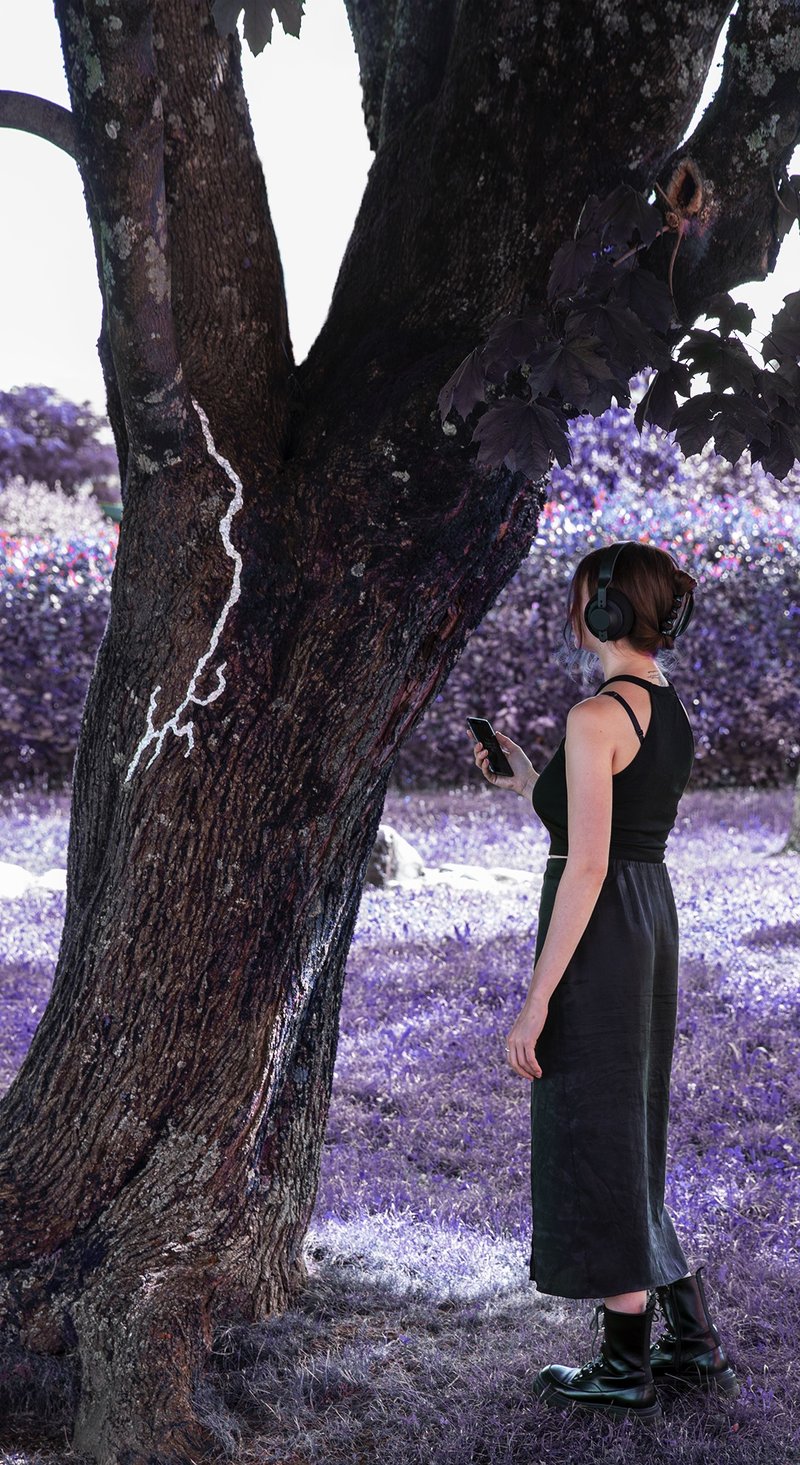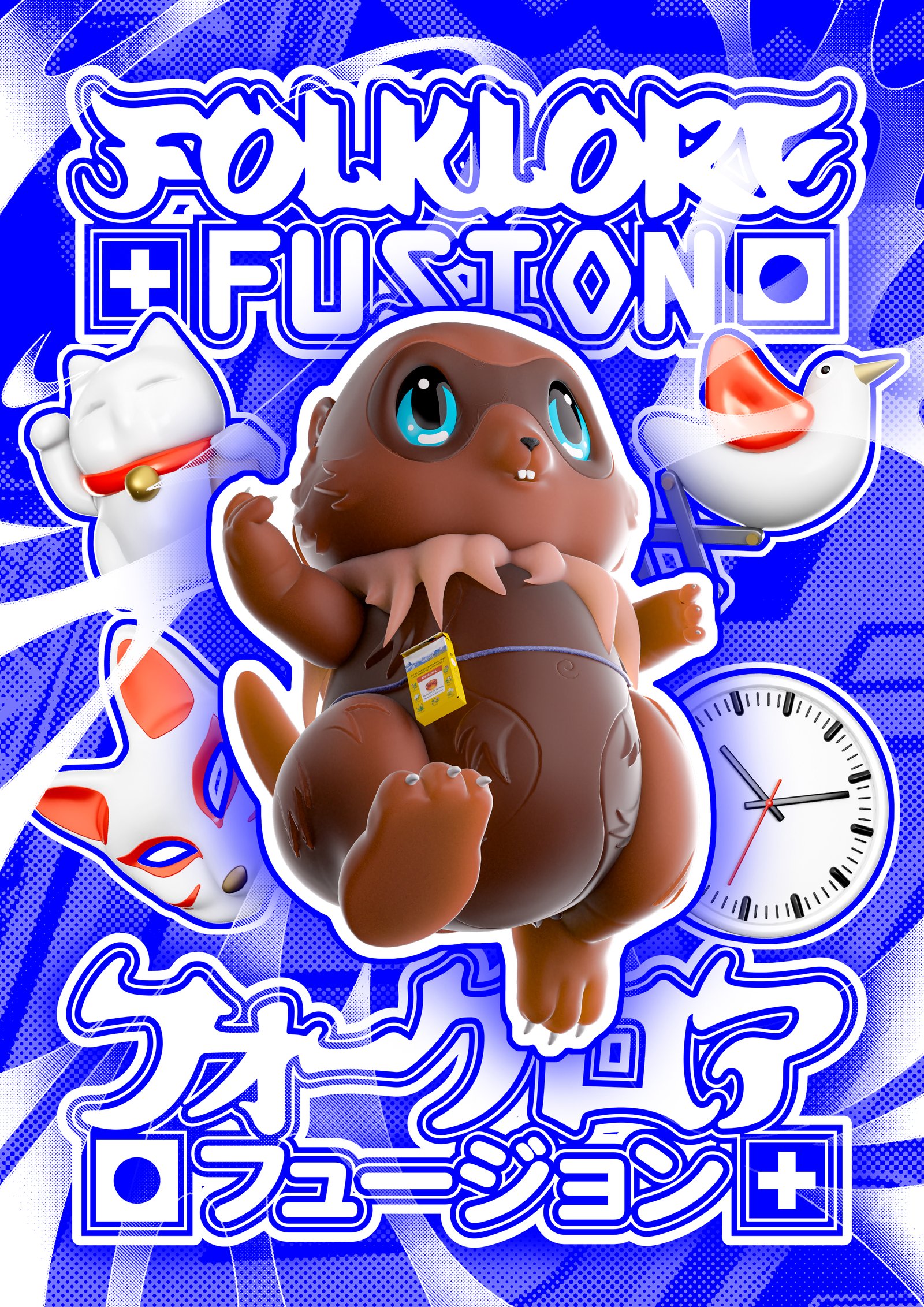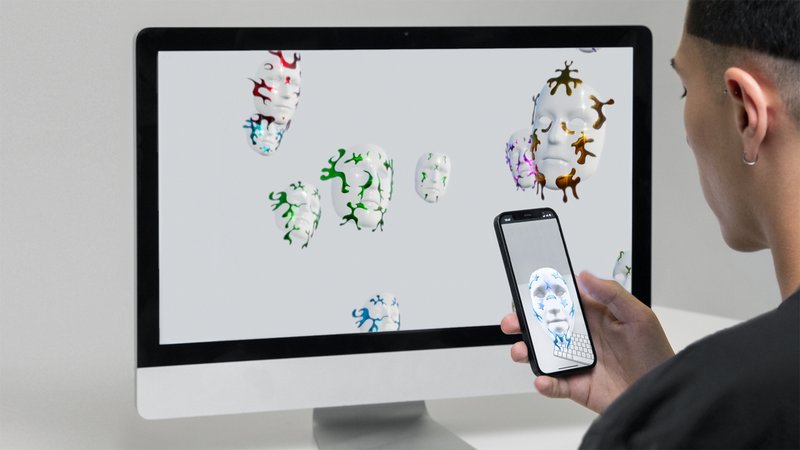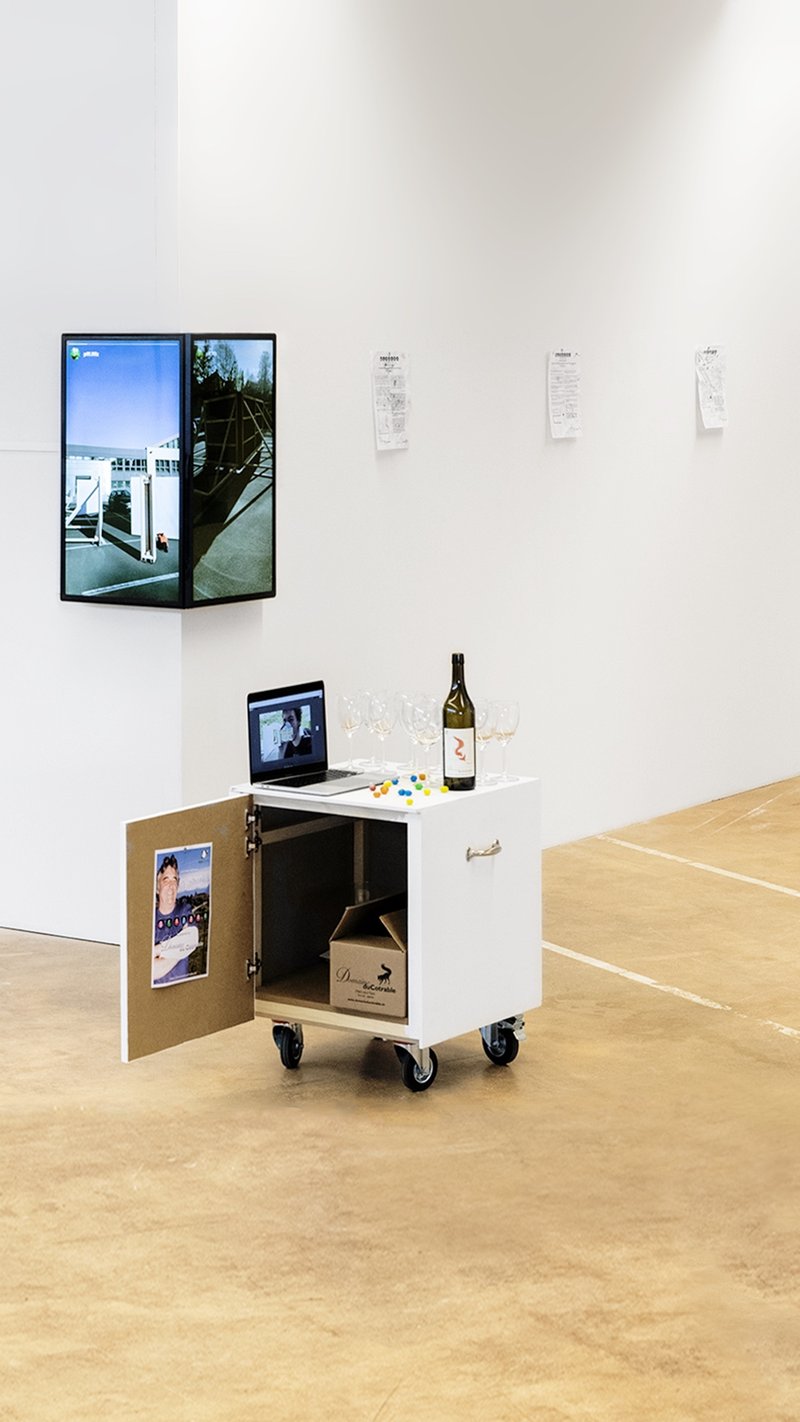
BA MEDIA & INTERACTION DESIGN
Valentine Leimgruber – Sanctuaires
with Alain Bellet, Christophe Guignard, Gaël Hugo, Laura Nieder, Pauline Saglio
Through a narrative experience, Sanctuaires invites visitors to discover their relationship with plants. This project is structured as an interactive exhibition on the great trees of the city of Lausanne. As in a treasure hunt, visitors have to look for the trees, thanks to clues and a map on the app. When they find one, they connect to it through touch, thus triggering the beginning of the experience. Like a wise storyteller, the sanctuary-tree shares a tale with the visitors, telling them about its sensitive experience and observable universe. Urban tree development coincides with the advent of issues related to the ecological crisis. What do trees have to say about this and how can their perception help us improve our lifestyles?





















